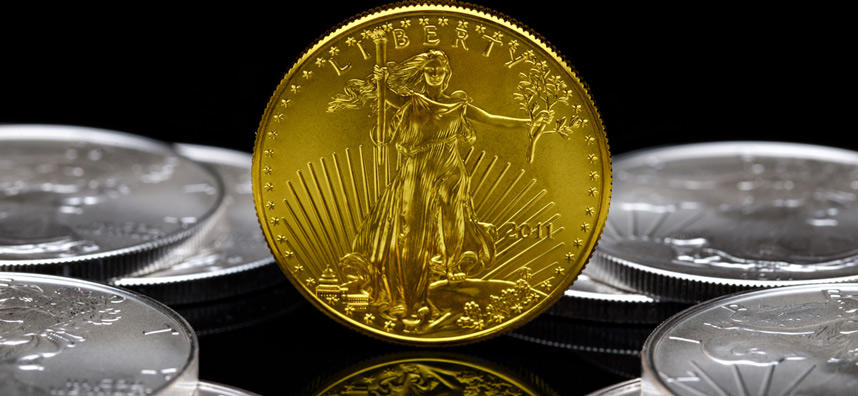
American Gold Eagle Coin Demand Surged in 2021

A Record Year for Global Demand!
With inflation’s roaring return, investors purchased US American Eagles gold coins like hotcakes in 2021.
The US Mint reports sales of 1,252,500 ounces in one ounce and other gold Eagle denominations last year. That is the most since 2009 and represents a 48.4 percent increase from 2020 sales.
The biggest sales month in 2021 was January with 220,000 ounces of gold Eagles sold, according to the Mint.
The Mint reports that American Buffalo gold coins in 2021 recorded their highest sales total since the coins were introduced in 2006. Gold Buffalo sales reached 350,500 ounces.
While gold coin sales climbed to highs not seen in over a decade, silver coins fell short. Total sales of US American Eagle silver coins reached 28,275,000 in 2021. That was off 6 percent from 2020 sales of 30 million ounces.
Meanwhile, the Silver Institute reported in December that 2021 would set a record for global silver demand. It projected year-end total demand of 1.029 billion ounces. That would be the first time silver demand has exceeded a billion ounces since 2015.
According to the Institute, “Physical investment in 2021 is forecast to increase by 32 percent, or 64 million ounces, year-on-year to a six-year high of 263 million ounces. The strength will be driven by the United States and India. Additionally, on top of solid gains last year, U.S. coin and bar demand was expected to surpass 100 million ounces for the first time since 2015.
Powered by a 13 percent increase in photovoltaic demand to more than 110 million ounces, industrial silver demand was projected to reach a new high of 524 million ounces in 2021.
With pandemic shutdowns coming to an end at mining operations around the world, 2021 mined silver production was expected to rise by 6 percent to 829 million ounces.
The Silver Institute’s year-end report forecast a modest 2021 physical silver deficit of 7 million ounces, the first deficit since 2015.
